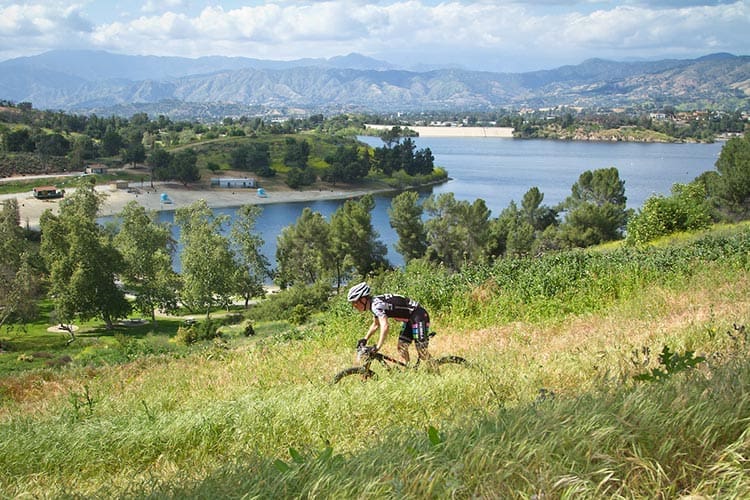While exercise is vital to physical and mental health, it’s also crucial that individuals do not over exercise. Optimal rest periods between heavy bouts of cardio help the body and muscles recover.
Still, it can be challenging for people who constantly ride bicycles or use them as their primary method of transport. One key thing for them to remember is that if they do not take a rest period, their bodies will eventually force it on them, whether through fatigue, feeling under the weather, or injuries sustained from pushing too hard.
This article will examine the factors contributing to getting the right rest period between long stints on a bike, some of the techniques the professionals implement, and how to find that perfect middle ground to get the most out of any venture.
Developing a hobby
For most people, cycling is their main hobby, but when something is as physically taxing as cycling, it’s also vital to have other hobbies that don’t require the same levels of physical strain or dedication. The internet has opened the door to many hobbies, allowing people to connect with like-minded folk across the globe or generate hobby ideas that they might not have come up with on their own.
Some cyclists might enjoy reading in their downtime. Others may enjoy playing games, depending on their personality type. Online casino gaming is just one of many options people explore in their downtime. The main focus here should be on something not physically demanding. The whole point of recharging the batteries centres around lounging around; there’s no point in taking up another sport or something else that requires significant physical exertion because it’s counterproductive.
Meditation
Shutting off the mind can be just as vital as replenishing muscles. Many cannot unwind and channel their thoughts immediately, but with time and practice, they can fine-tune their brains to zone out, relaxing the rest of their bodies.
Techniques like meditation have opened up the possibility of maximizing the effectiveness of downtime. Additional studies have shown that meditation can be great for other body parts, such as maintaining gut health.
Meditation comes in many different forms and can take months or years to perfect. However, if an individual can get into a good rhythm with it, it will help their body rest more effectively.
Sleep pattern fixes
Too many people overlook the importance of sleep. For those who live an active lifestyle, getting the appropriate rest is crucial. Even for those who aren’t active or too big on mountain biking, getting crucial sleep is imperative so muscles can recuperate.
Seven hours is the optimal rest period that most people should aim for, even if they are training. It is even more critical as their bodies go through the cycle of re-strengthening muscles. Some handy tips that people use to help themselves drift off include:
- Cutting down or cutting out caffeine.
- Cutting out other stimulants from their diet, especially in the hours before bed.
- Putting their phone away at least an hour before they go to bed.
- Ensuring they go to bed at a set time every night to establish a fixed routine.
Understand what works
There isn’t a one-size-fits-all policy. For a cyclist in their early 20s, recovery and optimal rest period will look different compared to cyclists in their 60s or 70s. Individuals need to understand their body and mind and morph these ideas into something that works specifically for them. This is the best way to optimize rest and rejuvenate those aching joints and muscles.
Conclusion
Finding a balance between exercise and rest can be tricky. There are so many self-proclaimed experts flittering about social media, throwing their two cents in and often trying to take on the experts or come up with their makeshift ideas. So, it can be hard to know exactly how much cycling per week is suitable without causing damage to the body, and how long the optimal rest period is.
Readers should weigh some of the options this article has touched on today, see what works for them, and try to create a routine that balances exercises and rest in the appropriate doses. For those who are part of a cycling club, why not speak to others to see what they do and what works for them?
It’s always a good idea for any cyclist to listen to their body, and if it’s telling them to rest after a long cycling stint, then it’s probably wise not to ignore it.
Photo copyright Christy Nicholson / EchelonDesignTeam.com
No products found.

















